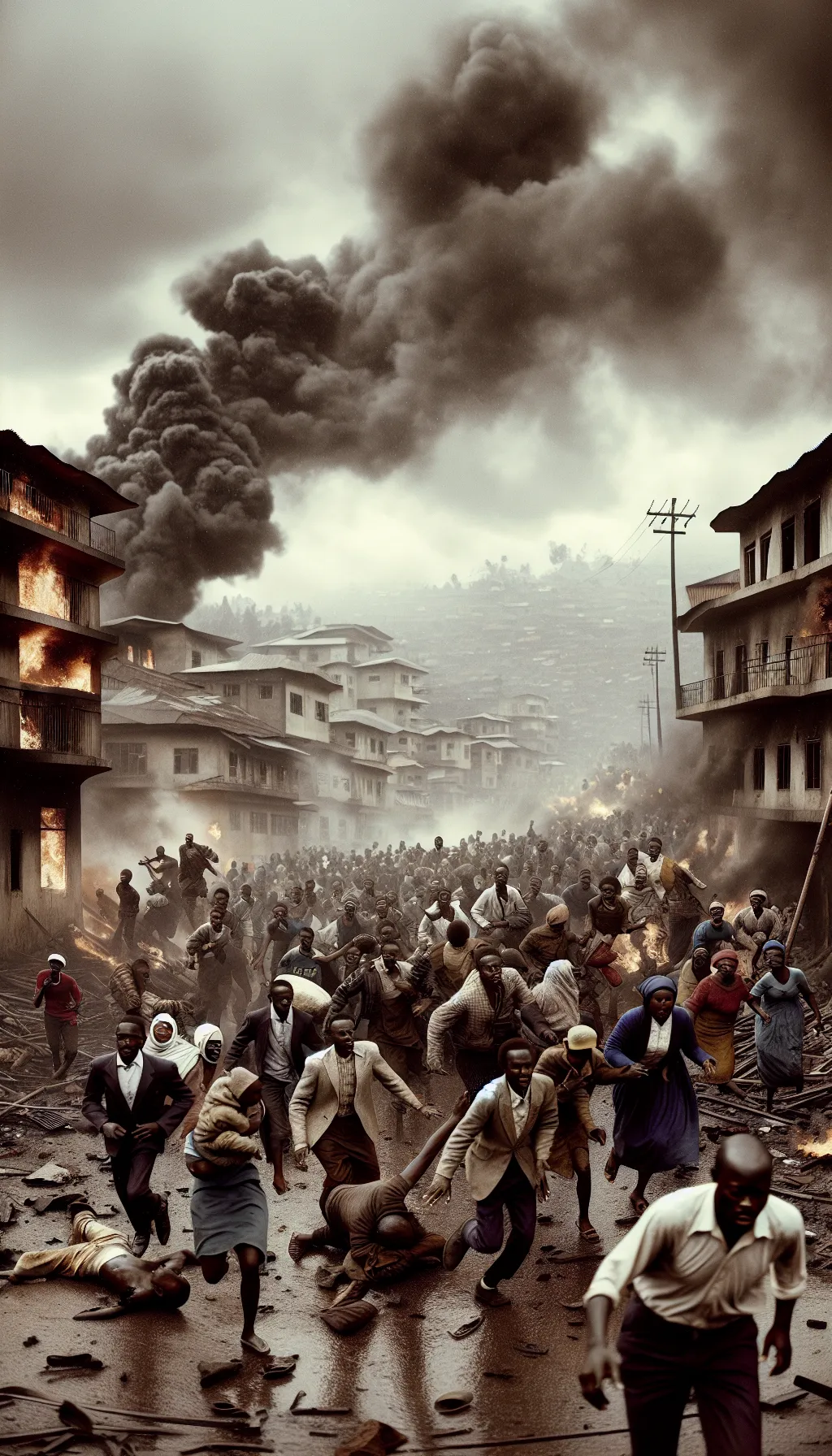Rwanda – The Dark Days of Rwanda – April 10, 1994
TLDR;
- Trigger: The assassination of Rwandan President Juvénal Habyarimana on April 6, 1994, ignited a premeditated genocide against the Tutsi and moderate Hutus by extremist Hutu factions.
- Scale of Tragedy: Between April and July 1994, an estimated 500,000 to over 1 million people were killed, marking one of the darkest chapters in human history.
- International Response: The international community, including the UN, failed to intervene effectively, with the UN peacekeeping mission (UNAMIR) being under-resourced and restricted.
- End of Genocide: The Rwandan Patriotic Front (RPF), a Tutsi-led rebel group, played a key role in stopping the genocide by capturing Kigali on July 4 and later the country, forcing the genocidal regime to flee.
–
Story
The air was thick with fear and the acrid smell of smoke as Rwanda descended into chaos. On April 10, 1994, the streets of Kigali were stained with blood, and the international community, despite initial sparse and often downplayed media coverage, gradually became aware of the unfolding horror. It was a time when humanity seemed to have lost its way, and the cries of the innocent echoed through the hills.

The seeds of this tragedy were sown long before the violence erupted. The rigid Hutu-Tutsi divide, exacerbated by Belgian colonial rule and post-independence politics, had created a powder keg, waiting for a spark. That spark came on April 6, 1994, when a plane carrying Rwandan President Juvénal Habyarimana was shot down. The assassination served as the immediate trigger for a premeditated genocide, as extremist Hutu factions, who had already stockpiled weapons and trained militias, launched a campaign of extermination against the Tutsi and moderate Hutus.
By April 10, the genocide was in full swing. Neighbors turned against neighbors, and communities were torn apart. The international community, paralyzed by indecision and bureaucratic inertia, failed to intervene. The United Nations peacekeeping mission (UNAMIR), not just under-resourced but actively restricted by the UN Security Council, was unable to stop the slaughter. Key members refused to label it a genocide until much later to avoid legal obligations under the Genocide Convention.
The turning point came not from outside intervention, but from within. The Rwandan Patriotic Front (RPF), a Tutsi-led rebel group already engaged in a civil war since 1990, resumed fighting after the genocide began. Their military campaign was crucial in stopping the genocide, primarily by capturing Kigali on July 4 and later the country, forcing the genocidal regime to flee.
By the time the RPF took control of the country in mid-July, the genocide had claimed the lives of an estimated 500,000 to over 1 million people, including Tutsis and moderate Hutus. The scars of those dark days remain etched in the hearts of survivors and the landscape of Rwanda. The Rwandan Genocide stands as a stark reminder of the depths of human cruelty and the consequences of inaction. It challenges us to reflect on our responsibilities as global citizens and to ensure that such atrocities are never repeated.
–
| Would a more decisive international intervention have changed the course of the Rwandan Genocide? |